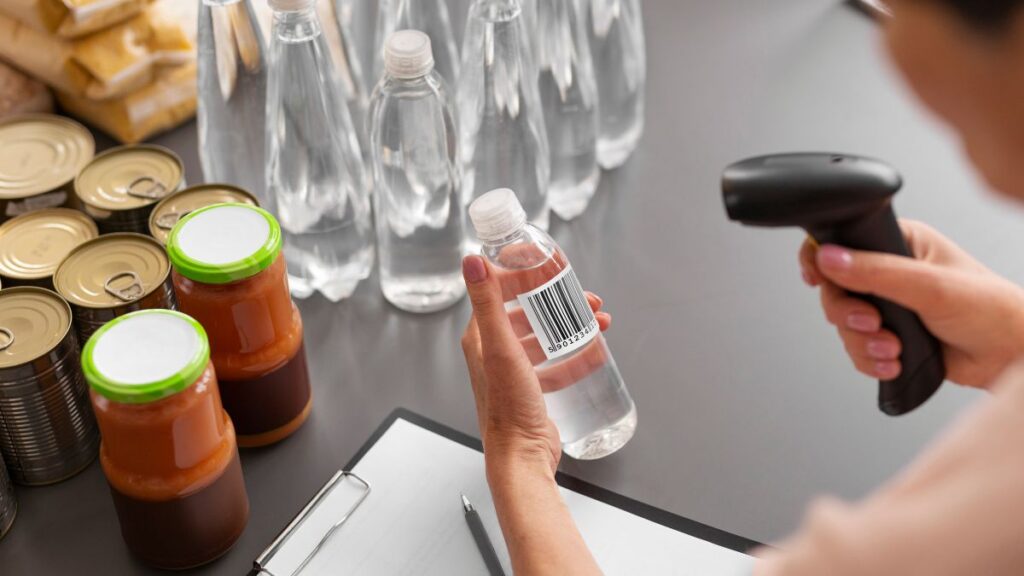Choosing the right bottle filling system affects output, waste, and product consistency. Piston fillers and overflow fillers are the most common machines used for liquid products. Each has strengths and limits. The best option depends on what you’re filling and how you want it filled.
This guide explains how both systems work, when to use them, and what to consider before choosing.
What Is a Piston Filler?
A piston filler uses a piston-and-cylinder system to draw liquid in and push it out into containers. It delivers a fixed volume based on the piston stroke. That makes it accurate and consistent across runs.
Piston fillers are best for:
- Thick liquids like lotions or pastes
- Products with chunks or particles
- Creams, sauces, or gels
- Liquids with varying viscosity
If you’re working in food, cosmetics, or pharmaceuticals, a piston filling machine is likely what you need.
What Is an Overflow Filler?
Overflow fillers fill bottles to a fixed visual level. They’re often used for thin, free-flowing liquids. They work by pushing product into the bottle until it reaches a specific height, then sending excess back to the tank.
They’re often used for:
- Water, juices, and oils
- Soaps and detergents
- Clear products in transparent packaging
Overflow systems give bottles a consistent fill line. This is useful when shelf appearance matters more than volume precision.
Key Difference: Viscosity
Choose your machine based on viscosity first. Overflow fillers handle thin, uniform liquids. Piston filling machines handle thick, sticky, or chunky liquids. They offer more control over exact volumes.
If you’re filling honey, cream, or salad dressing, go with a liquid piston setup. If you’re filling bottled water or shampoo, an overflow filler may be more efficient.
Accuracy and Control
Piston fillers give you better portion control. Each piston stroke moves a set volume. Once you calibrate the machine, it repeats that fill volume consistently.
Knowing how to use a piston filler is simple: adjust the stroke to the target volume, then let the machine repeat the process. This reduces waste and keeps fills compliant with labeling rules.
Overflow fillers offer level-based fills. That’s good for product appearance but may vary slightly in volume, especially with foaming or expanding products.
Maintenance and Cleaning
Piston bottle fillers are easy to clean. Many models allow tool-free disassembly. This is important for food, cosmetic, or medical applications where cross-contamination must be avoided.
Overflow fillers are also cleanable but have more tubing and recirculation paths. Sticky products can cause buildup or clogging, which takes more time to clear.
If cleaning speed matters, piston filling machines often take less effort.
Speed and Scale
Overflow fillers are fast. They fill multiple bottles at once and work well in high-output operations.
Piston fillers are a bit slower, especially in manual or semi-auto setups. But automated piston filler machines can handle moderate to high production volumes. You trade a little speed for accuracy and flexibility.
When to Use a Piston Filler
Use a piston filler if:
- Your product is thick or viscous
- You need exact fill volumes
- You’re filling chunky or foamy products
- You use bottles of different shapes or sizes
- You want minimal product waste
Piston filling offers more precision and flexibility. That’s helpful if you package a range of products or batch sizes.
Customization Options
Modern piston filling machines range from simple tabletop units to fully automated systems. Many offer programmable settings, servo motors, and multi-head options. You can scale your setup as your needs grow.
Upgrading your liquid fillers doesn’t mean starting from scratch. Most piston filler machines can be adjusted or expanded to meet higher demand.
Conclusion
Choose based on product type and output goals. If you need speed and visual uniformity for a thin liquid, use an overflow filler. If you need volume accuracy, use a piston filling machine.
Piston fillers are ideal for thick, chunky, or high-cost liquids where waste must be minimized. They’re reliable, consistent, and easy to clean.
In short: for precise, controlled filling, piston filler machines are the right tool. They help streamline production without sacrificing quality.







